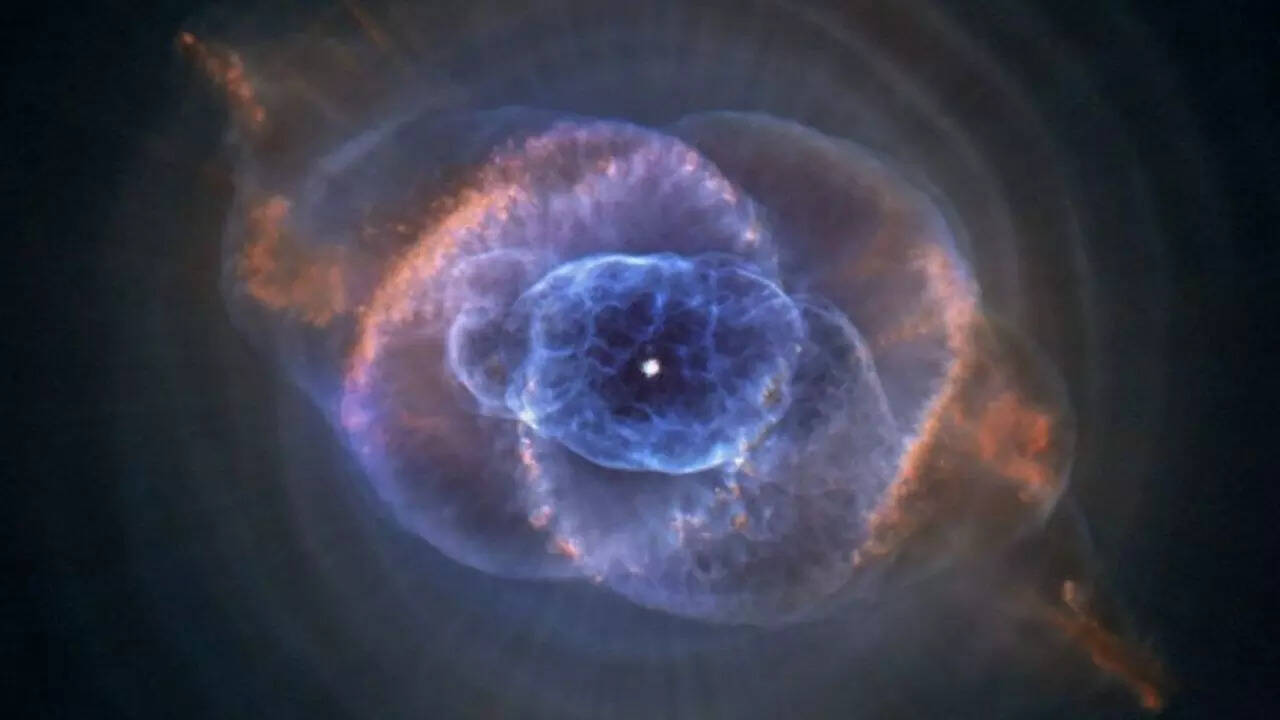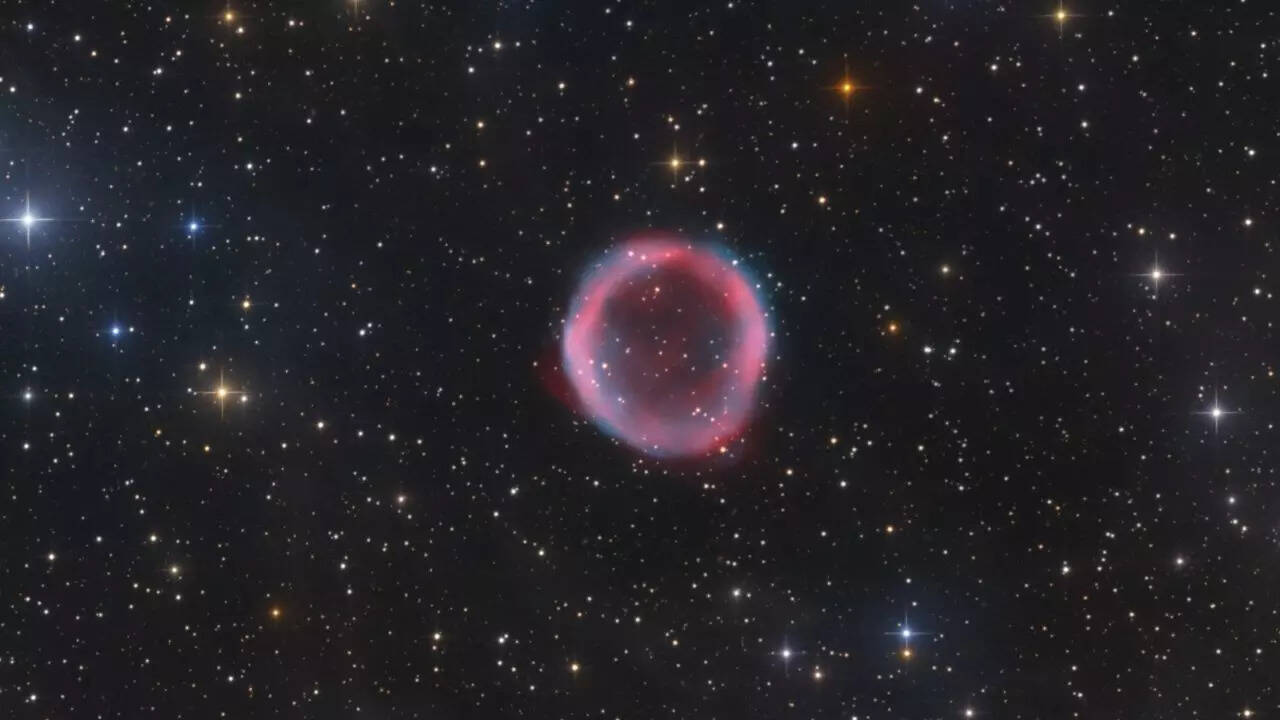hen we look up at the night sky, it often feels timeless and unchanging, similar to a vast canvas dotted with stars that seem eternal. But the universe is not still, and stars live dynamic lives, ever changing their state over millions or even billions of years before reaching their final stages.These changes are usually too slow for us to notice in a single lifetime. However, with the help of advances in technology and the careful study of historical records, astronomers are keeping track and studying celestial changes happening before our eyes.Scientists have been observing a dying star for over a century now!For the first time ever, scientists have directly observed a dying star’s slow but steady transformation across 130 years approximately, and they say that it’s heating up faster than any typical star previously seen. Their findings, published in The Astrophysical Journal Letters, focus on the “spirograph” Planetary Nebula IC418, which is a glowing shell of gas and dust created by a star shedding its outer layers about 4,000 light-years away from Earth.

Nebula’s light has grown several times
By carefully combining observations from as far back as 1893, when astronomers first recorded the nebula with telescopes visible to the naked eye, the research team found that the nebula’s signature green light, caused by oxygen atoms, has grown about 2.5 times brighter since Victorian times. This intensifying glow is related to the main star’s increasing temperature, which has risen approximately 3,000°C over the past 130 years. To understand this better, the Sun took around 10 million years to heat up by the same amount during its formation.Although the star is warming faster than any other typical star ever tracked, it’s actually heating up more slowly than current theoretical models predicted. This unexpected result has made the astronomers’ understanding of stellar aging and death dynamic, and may lead to a rethinking of which stars produce carbon, which is the essential element for life as we know it.

“We often ignore scientific data obtained long in the past. In this case, these data revealed the fastest evolution of a typical star that has been seen directly. The past shows that the skies are not as unchanging as we may think,” said lead researcher Professor Albert Zijlstra from the study.
How does a star die out?
A planetary nebula like IC418 forms during one of the last phases of a star’s life. As its core becomes unstable, the star sheds its outer layers into space, leaving behind a hot core that rapidly heats up. This heating energises the surrounding gas and dust, creating a beautiful structure, in IC418’s case, a swirling pattern that got it the nickname “the spirograph nebula.” Our own Sun is expected to go through a similar transformation in about 5 billion years, according to NASA.Typically, planetary nebulae evolve so slowly that changes are almost impossible to notice in a human lifetime. But IC418 is evolving fast enough for scientists to measure its changes in real-time, making it the most prolonged and rapid stellar transformation ever recorded.
